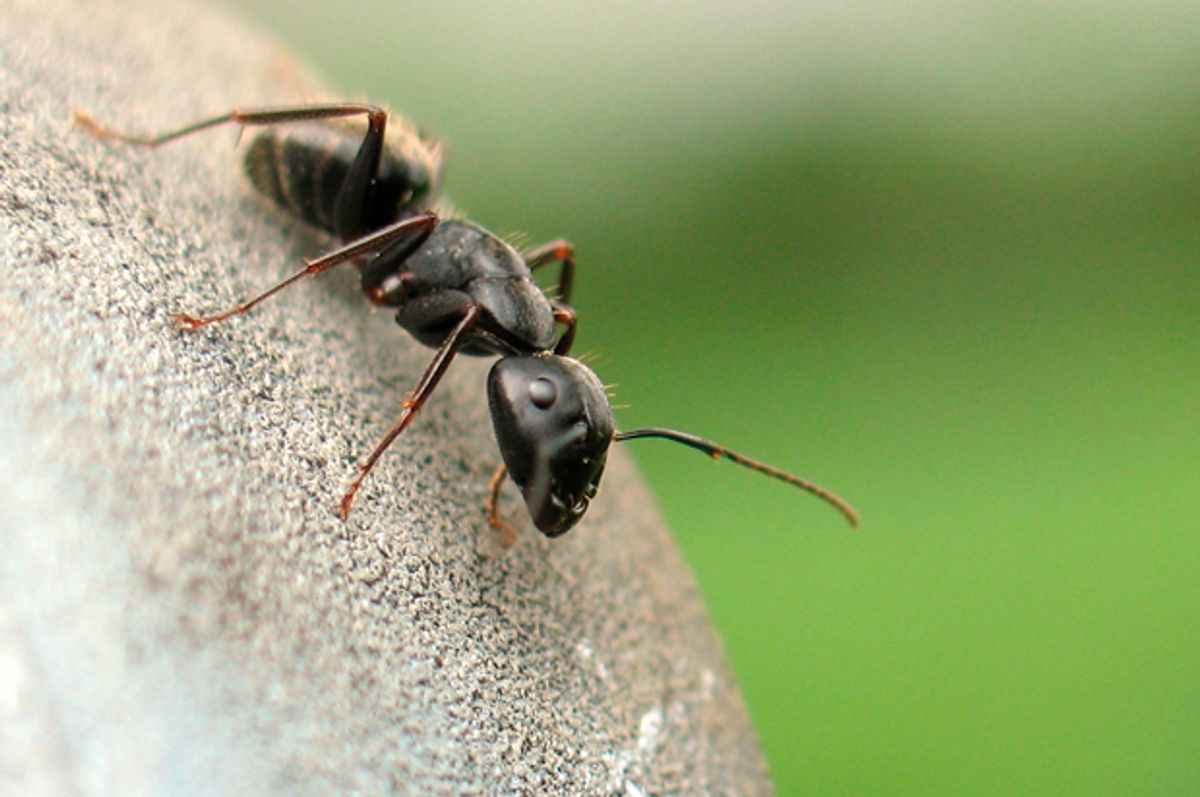Let's say you're an Indian jumping ant — but an ambitious one. For your entire life, you have used your massive mandibles and surprisingly tall jump to thrive as a hunter and gatherer for your colony. You are second to none in one-on-one combat with potential invaders, your reddish-brown exoskeleton glistening in the sun as you slay enemies. Even better, while most ant colonies maintain very strict differences between the queens (who rule and reproduce) and workers (who kill prey and forage), you are a Harpegnathos saltator. The difference between a queen and worker is much more slight, so if a queen dies or is removed, you can enter a dueling tournament with other workers until a handful of winner become reproductive individuals known as gamergates.
Pull that off and congratulations, your ambition to becoming a colony leader has been fulfilled! The only question, as far as scientists were concerned, was exactly how your body was able to transform from "food provider" to "baby maker" just because of a social interaction. Ants, after all, have very different types of bodies based on their functions in the colony. How can adults simply make such a radical change merely through socialization?
A new study published in the scientific journal Cell has the answer. And It all comes down to a single molecule, a protein known as Kr-h1 (Krüppel homolog 1). Switching that around completely changes the ant's biology.
Want more health and science stories in your inbox? Subscribe to Salon's weekly newsletter The Vulgar Scientist.
It turns out that this one protein is a multitasker, regulating various genes in both gamergates and workers to make sure that they only perform their "socially appropriate" roles. By turning certain genes "on" or "off," Kr-h1 maintains the ant caste system by dictating that the ants will behave in the ways appropriate to their class (such as foraging for workers and governing for reproductive ants).
"We had not anticipated that the same protein could silence different genes in the brains of different castes and, as a consequence, suppress worker behavior in gamergates and gamergate behavior in workers," Roberto Bonasio of the University of Pennsylvania Perelman School of Medicine said in a Cell press statement on the study. "We thought that these jobs would be assigned to two or more different factors, each of them only present in one or the other brain."
This makes sense because, if nothing else, gamergates experience a major change in their job responsibilities once they stop being workers.
"Gamergates abandon worker tasks such as foraging, lay eggs, and exhibit dominant behaviors toward workers," the scientists explain in the study. "This behavioral transition is accompanied by a 5-fold lifespan extension, a reconfiguration of gene expression and cellular composition of the brain, and neurohormonal changes."
Because scientists already know that animal brains are plastic (that is, capable of adapting to their environment), this insight into the inner life of Indian jumping ants could one day shed light into human brains.
"It is tempting to speculate that related proteins might have comparable functions in more complex brains, including our own," Bonasio added in the statement. "Discovering these proteins might allow us to one day restore plasticity to brains that have lost it, for example aging brains."



Shares